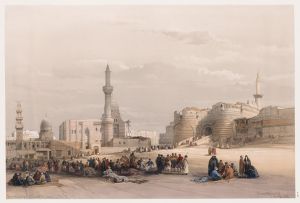
Mosque of Sultan Hassan, from the Great Square of the Rumeyleh.
A hand-painted replica of David Roberts’s masterpiece Mosque of Sultan Hassan, from the Great Square of the Rumeyleh., meticulously crafted by professional artists to capture the true essence of the original. Each piece is created with museum-quality canvas and rare mineral pigments, carefully painted by experienced artists with delicate brushstrokes and rich, layered colors to perfectly recreate the texture of the original artwork. Unlike machine-printed reproductions, this hand-painted version brings the painting to life, infused with the artist’s emotions and skill in every stroke. Whether for personal collection or home decoration, it instantly elevates the artistic atmosphere of any space.
"Mosque of Sultan Hassan, from the Great Square of the Rumeyleh" is a painting by the renowned Scottish artist David Roberts. Created in the 19th century, this artwork is part of Roberts' extensive collection of lithographs and paintings that depict various scenes from his travels in the Middle East and North Africa. David Roberts is particularly noted for his detailed and romanticized portrayals of architectural landmarks and landscapes, which were highly popular in Europe during his time.
The painting features the Mosque-Madrasa of Sultan Hassan, one of the most significant and grandiose architectural achievements of the Mamluk era in Cairo, Egypt. The mosque was commissioned by Sultan Hassan bin al-Nasir Muhammad ibn Qalawun and constructed between 1356 and 1363. It is located near the Citadel of Cairo, in the district of Old Cairo, and is renowned for its massive scale, intricate decorations, and historical importance.
In the artwork, Roberts captures the mosque from the Great Square of the Rumeyleh, providing a panoramic view that emphasizes the structure's monumental size and the bustling activity in the square. The mosque's impressive minarets and the large central dome are prominent features in the painting, showcasing the Islamic architectural style that combines both functional and aesthetic elements.
Roberts' attention to detail is evident in the way he depicts the architectural features of the mosque, including the ornate carvings, the geometric patterns, and the harmonious proportions that are characteristic of Mamluk architecture. The painting also includes figures of people and animals, which add a sense of scale and liveliness to the scene, reflecting the daily life and culture of Cairo during the period.
David Roberts traveled to Egypt in 1838-1839, and his works from this journey were later published in a series of lithographs titled "The Holy Land, Syria, Idumea, Arabia, Egypt, and Nubia." These publications were highly influential and contributed to the Western fascination with the Orient during the 19th century. Roberts' paintings and lithographs were praised for their accuracy and artistic quality, and they remain valuable historical records of the places he visited.
The "Mosque of Sultan Hassan, from the Great Square of the Rumeyleh" is a testament to Roberts' skill as an artist and his ability to capture the grandeur and essence of the locations he depicted. The painting not only serves as a visual document of one of Cairo's most iconic landmarks but also reflects the broader historical and cultural context of the time.
Roberts' works, including this painting, are held in various collections and museums around the world, where they continue to be appreciated for their artistic merit and historical significance.





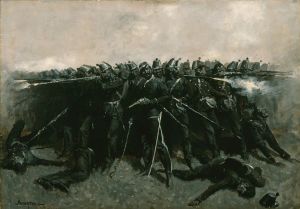
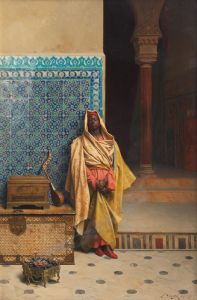

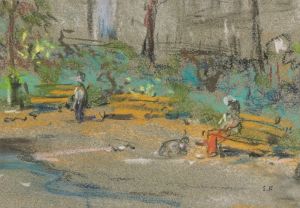
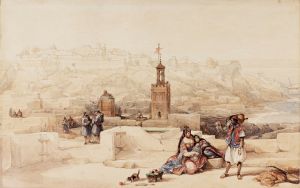
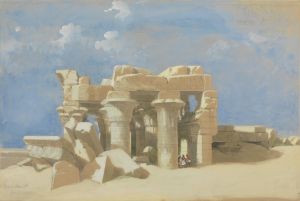
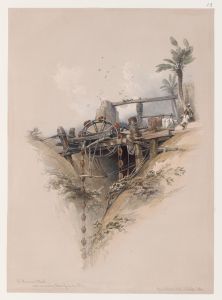
![Interior of the mosque of the Metwalys [Metwalis].](/imgs/217497/s/david-roberts-interior-of-the-mosque-of-the-metwalys-metwalis-d41ed7bd.jpg)
![Temple of Kalabshee [Kalabsha, Kalâbishah], Nubia. Nov. 1838.](/imgs/217548/s/david-roberts-temple-of-kalabshee-kalabsha-kalabishah-nubia-nov-1838-be0ac440.jpg)
![Temple of Wady Kardassy [Qirtâsî] in Nubia.](/imgs/217550/s/david-roberts-temple-of-wady-kardassy-qirtasi-in-nubia-d2cce283.jpg)
![Temple of Wady Saboua [Wadi al-Sabua], Nubia.](/imgs/217551/s/david-roberts-temple-of-wady-saboua-wadi-alsabua-nubia-52e62db.jpg)
